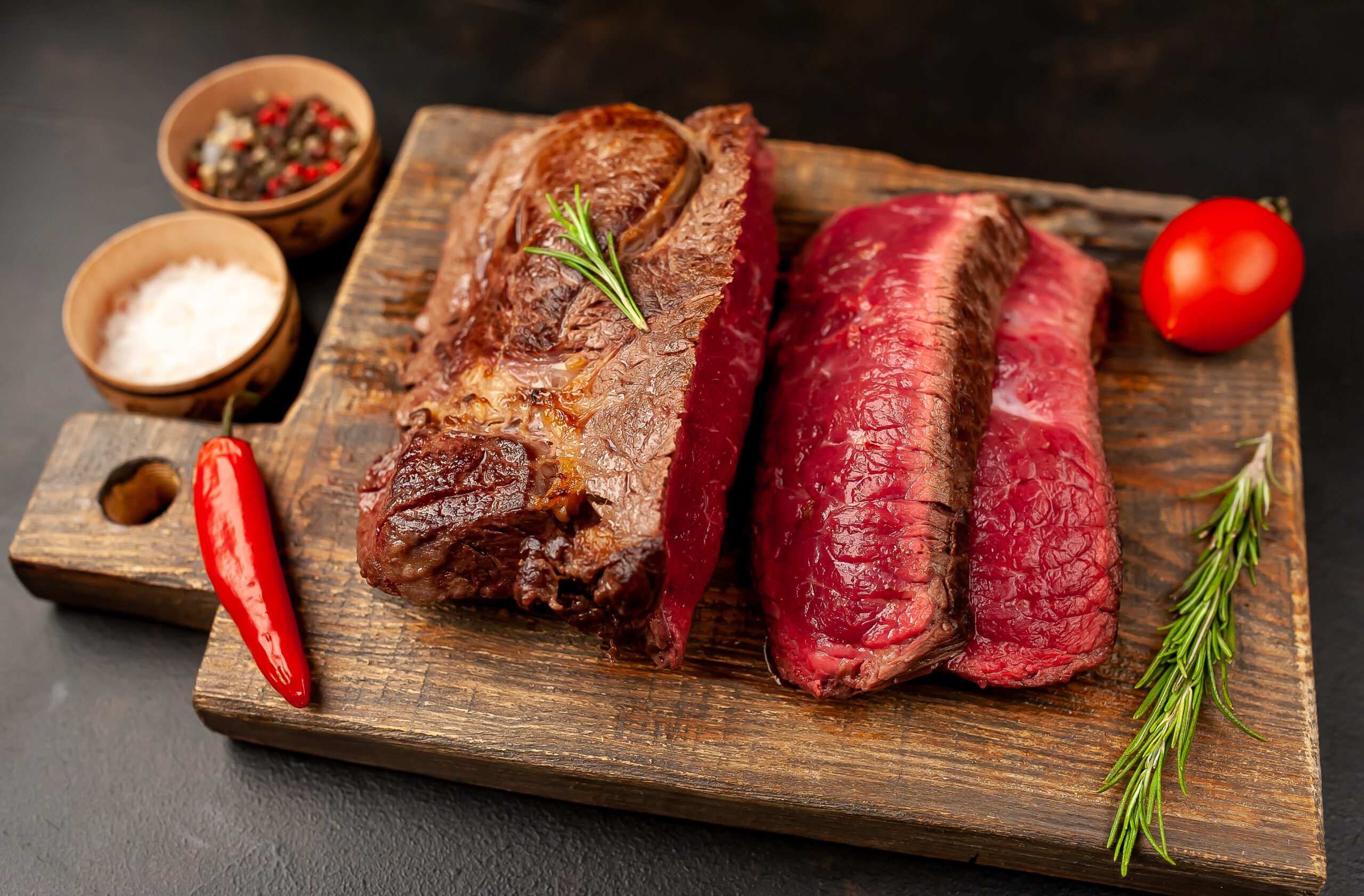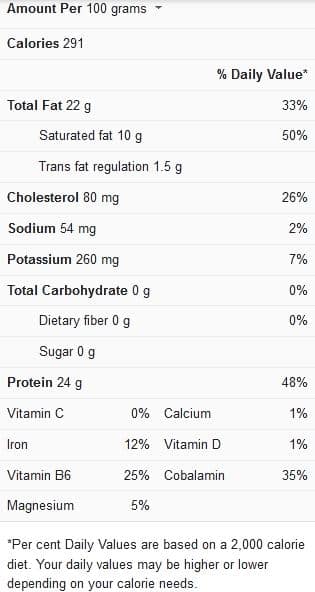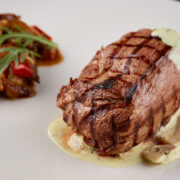Serving a ribeye roast for the holidays is always a good choice. Slow cooking ribeye roasts at a low temperature is essential for a tender, moist, and juicy roast, and when done correctly, your guests will literally be begging for your “special” recipe.
Slow cooking a ribeye roast in the oven is an easy process, depending on the information you have at hand. If you want the best results with your ribeye roast recipes, then we advise you to pay attention to all the instructions and recommendations in this article. The results you’ll get will be so delicious and desirable.

Ribeye nutrition facts

Tips for slow cooking a ribeye roast
Cooking a ribeye roast properly is a process that necessitates as much cooking information as possible, so pay attention to all the tips we’ve outlined for you below:
Prime rib roast vs ribeye roast – A ribeye roast is essentially made from the same piece of meat as a prime rib roast, but does not include the bone. A prime rib roast will typically include a ribeye roast, but a ribeye roast on the other hand is concentrated on the marbled area of the ribeye steak meat.
Usually, you can easily cut ribeye steaks yourself from the roast when you buy one, or you can cook it for a rich, juicy, and delicious meaty quality in a manner similar to cooking prime rib and just as delicious – just without the bones.
Tying your ribeye roast – When cooking roasts and prime rib, it’s common to tie the roast to keep it around or to keep stuffing in place, but you don’t have to tie your ribeye roast because the flesh holds its shape even when cooked without being tied.
You may decide to tie your steak for a more professional look and that’s okay, but this step is not necessary for flavor, and the ribeye roast dish will be delicious anyway.
Allow your roast some time to rest – Allow a minute for your roast to come together after it’s finished. Don’t start cutting your roast too soon. Allow those fluids to flourish in order to keep your roast soft and juicy.
Slow cooking a ribeye roast
Ribeye roast preparation is significantly less time-consuming than other roasts; you can rub it with seasonings and coat it in butter, then broil it for a short time at a very high temperature before roasting it for roughly 2 hours.
The cooking method consists of only four steps (prep, broil, roast, and rest), and they must be followed to the letter.
- Make sure the seasonings and butter are properly distributed on the roast. Season the meat with salt, pepper, herbs, and garlic, and rub it into any grooves for a flavorful finish.
- Preheat the oven to 400°F before placing the roast in the oven to broil for fifteen minutes.
- Reduce the heat and ensure not to touch the roast until it’s done – check the internal temperature to ensure it’s done to your liking, but otherwise, relax and enjoy the delicious aroma while your oven does the work. Over-fiddling with this roast is the number one way to ruin it, so ensure to avoid that.
Carving a ribeye roast
Despite the fact that prime rib and ribeye roasts are very similar, the ribeye roast outshines the former when it comes to carving. A ribeye roast, unlike a prime rib, has no bones, so you may cook it whole and then slice it easy to serve.
Take note of the following when carving your ribeye roast:
- Slice the ribeye roast in the same way you would a meatloaf: with a large, heavy knife, cut thick slices against the grain of the meat in a smooth motion.
- It’s possible that your ribeye roast is still too warm if it’s jiggly.
- After around 20-30 minutes, the roast is easier to chop. After that, you can slice while holding it tightly together with one hand.
View this post on Instagram
Cooking Time for a Ribeye Roast
The time it takes to slow cook a ribeye roast generally depends on the degree of doneness you expect and the temperature you decide to cook it at. For ideal timing guidelines, see the table below:
| Degree of doneness | Internal temperature | Cooking time |
| Rare ribeye roast | 120 F | 3 hours |
| Medium to medium-well ribeye roast | 135 to 145 F | 4 hours |
| Well done ribeye roast | 160 F | 5 ½ to 6 hours |

Slow-cooked ribeye roast (6 servings)
Ingredients
Instructions
- Refrigerate frozen bone-in ribeye roast to thaw. Remove the roast from the refrigerator and set aside for an hour to come to room temperature.
- Season the ribeye roast on all sides with a generous sprinkling of salt and pepper.
- Preheat the oven to 450 degrees Fahrenheit. For tasty, juicy meat, sear the bone-in ribeye roast for 20 minutes to brown the exterior and caramelize the surrounding area.
- Slow cook the ribeye roast at 300 degrees F after 20 minutes of searing. Check for doneness with a thermometer.
- Cook for 3 hours for a rare bone-in ribeye roast until it reaches an internal temperature of 120 degrees F.
- Cook for 4 hours for a medium to medium-well bone-in rib eye roast. The temperature inside the meat should be within the range of 135 and 145 degrees Fahrenheit.
- Cover the ribeye roast with heavy-duty foil after 4 hours for a well-done bone-in ribeye roast. Bake for another 1 1/2 to 2 hours, depending on how well done you prefer it, until the internal temperature reaches 160 degrees F.
- Remove the roast from the oven and set it aside for 10 minutes to cool. If the ribeye roast isn’t covered, cover it with heavy-duty foil.
- At this stage, the dish is ready to eat. but you may place it on a cast iron or pan if you want a crustier caramelized exterior.
- Over medium to high heat, heat 3 tablespoons olive oil or butter with 2 tablespoons ribeye drippings. To caramelize beef, sear or brown it for a minute or two.
- Serve with a side of vegetables and your favorite sauce. Enjoy!
This recipe yields extremely flavorful roast that you and your family are sure to salivate over. The entire cooking duration is 6 hours, including a prep time of 1 hour and a cook time of 5 hours. If you’re looking for more ways to cook a ribeye roast, then check out this video recipe.
